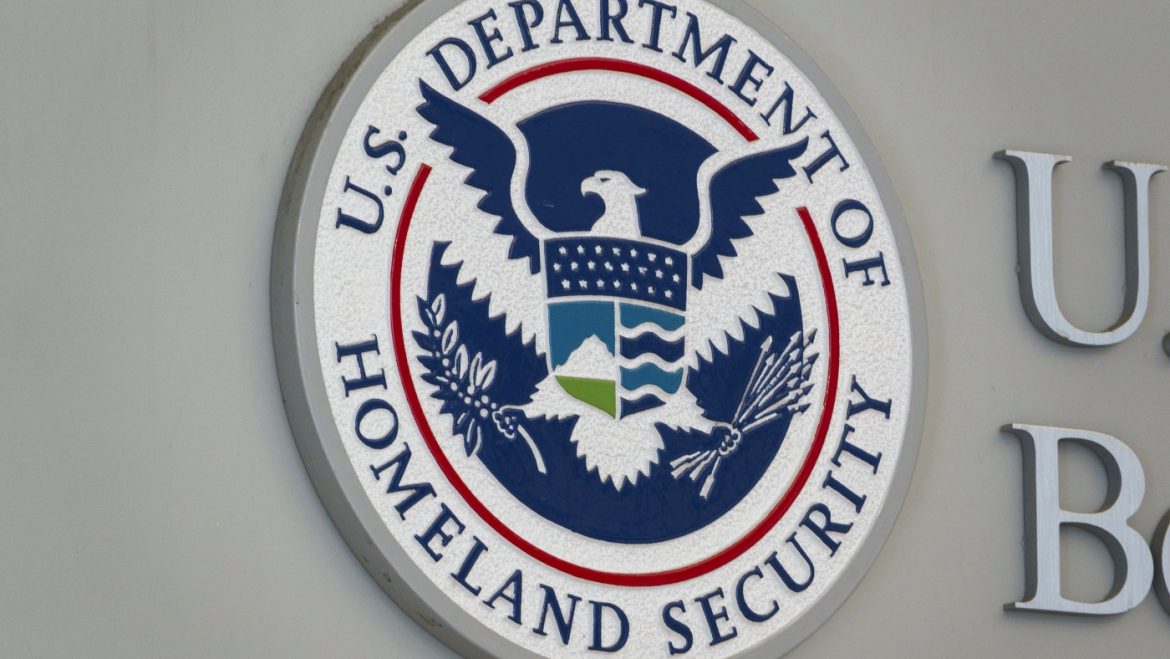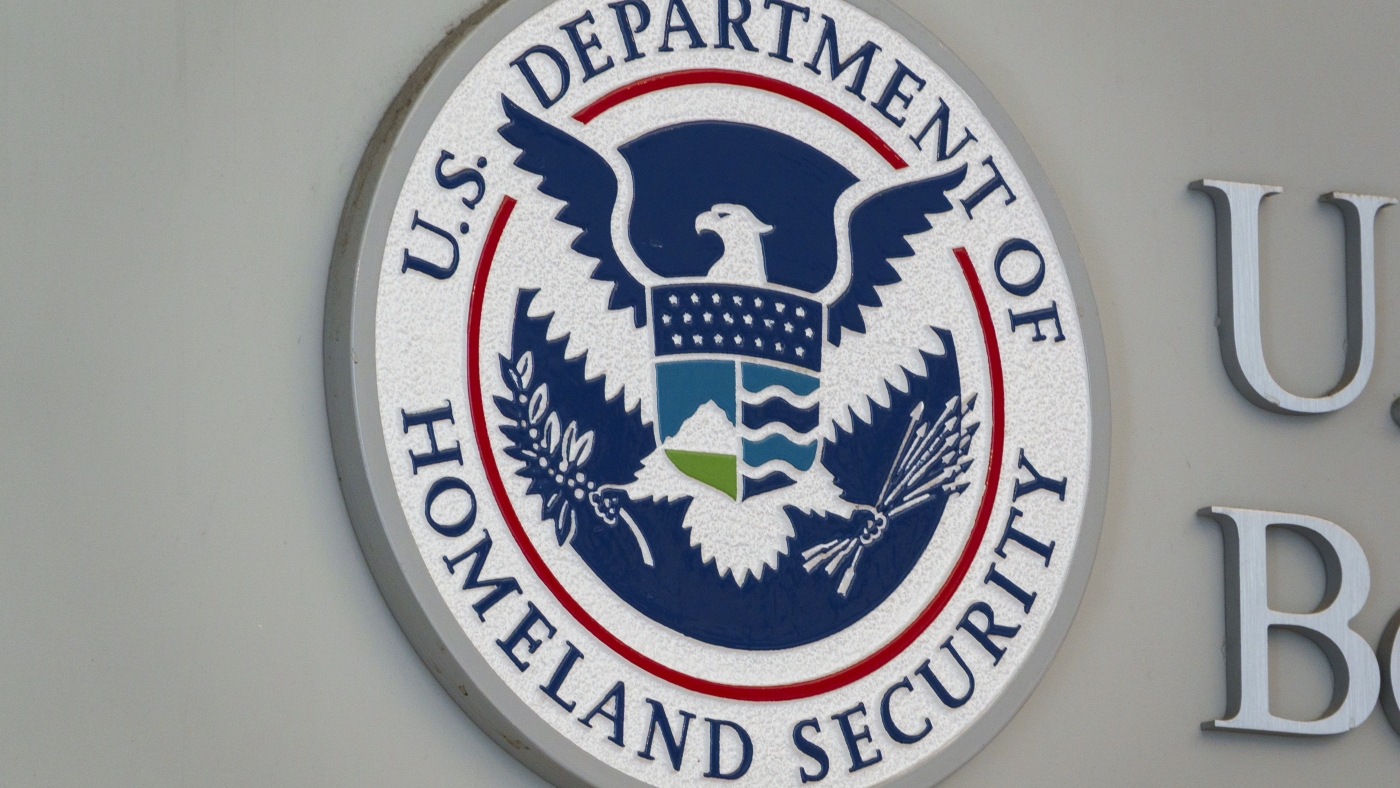The recent episode surrounding the U.S. Department of Homeland Security’s (DHS) publication and swift removal of a list labeling over 500 states, cities, and counties as “sanctuary jurisdictions” has sparked widespread controversy and backlash. Analyzing these developments reveals intricate tensions between federal immigration enforcement policies, local governance autonomy, and law enforcement relationships, as well as significant implications for the political landscape.
Background: The Sanctuary Jurisdictions List Release
In late May, under an executive order from former President Donald Trump and with DHS leadership under Secretary Kristi Noem, the agency released a comprehensive list identifying more than 500 jurisdictions across 37 states and the District of Columbia. These localities were accused of “deliberately obstructing” enforcement of federal immigration laws and labeled as “sanctuary jurisdictions.” The stated goal was to “expose” locations seen as noncompliant with federal statutes, purportedly to pressure them into compliance.
The list encompassed a varied mix of cities, counties, and entire states, with some jurisdictions known for welcoming sanctuary policies that limit cooperation with U.S. Immigration and Customs Enforcement (ICE) activities. The criteria for inclusion involved measures such as public declarations of sanctuary policies, restrictions on cooperation or information-sharing with ICE, and provisions for legal protections for undocumented immigrants.
Immediate Backlash and Controversy
Almost immediately after publication, the list faced fierce criticism on multiple fronts:
– Accuracy Concerns: Officials from many jurisdictions named disputed the listing. Some claimed their inclusion was erroneous, as they actively cooperate with federal immigration enforcement or do not have sanctuary policies. For example, some cities and counties that support the Trump administration’s immigration goals were still included, creating confusion and undermining the list’s credibility.
– Law Enforcement Pushback: A particularly notable response came from the National Sheriffs’ Association and other law enforcement groups. They condemned the list for labeling sheriffs and jurisdictions as “noncompliant” in a way that threatened to damage vital working relationships between federal agencies and local law enforcement officials. Many sheriffs pointed out that the sweeping designation compromised trust and collaboration necessary for effective policing.
– Political and Local Government Resistance: Numerous mayors, county officials, and state leaders publicly opposed the list, criticizing it as a politicized tactic rather than a constructive enforcement tool. Various jurisdictions highlighted their own adherence to laws and public safety priorities, rejecting the narrative that sanctuary policies translate directly to increased crime or endangerment of residents.
– Media and Public Attention: The release triggered intense media scrutiny, with outlets exposing inconsistencies and amplifying voices from both supporters and opponents of the list. Advocacy organizations, immigrant rights groups, and legal experts weighed in, framing the list as a punitive measure aimed at undermining local autonomy and immigrant protections.
DHS’s Decision to Remove the List
Within days of posting the list on its official website, DHS quietly removed it amidst growing pressure. The withdrawal was unaccompanied by an extensive public explanation, but clear motivations included the need to quell criticism and prevent further erosion of trust with local law enforcement and government officials.
Secretary Kristi Noem did not explicitly acknowledge the removal on public platforms but conveyed in interviews that the administration continued to prioritize immigration enforcement. Nonetheless, the removal underscored the limits of top-down federal approaches when confronted with complex, localized governance and enforcement realities.
Broader Implications and Lessons
This episode sheds light on several critical aspects of the U.S. immigration enforcement landscape:
Federal and Local Tensions
Immigration policy enforcement is uniquely challenging due to the coexistence of federal jurisdiction over immigration and the varied political, legal, and practical priorities of state and local governments. The DHS sanctuary list highlighted this struggle, as the federal government’s attempt to brand hundreds of localities as obstructionist clashed head-on with decentralized governance and different enforcement philosophies.
The Complexity of “Sanctuary” Designations
The loose application of the “sanctuary” label proved problematic. Sanctuary policies vary widely, ranging from formal legislation to informal practice, making blanket lists inherently prone to inaccuracies and oversimplifications. This complexity calls for more nuanced, case-by-case evaluations rather than broad-brush designations.
Importance of Law Enforcement Collaboration
The backlash from sheriffs and police organizations demonstrated how crucial cooperative relationships are for public safety and immigration enforcement alike. Alienating local law enforcement risks undermining not only federal policy objectives but also the safety of communities that rely on coordinated policing efforts.
Political Weaponization of Public Data
Releasing such lists can be viewed as a political strategy aimed at rallying certain constituencies and pressuring local leaders. However, the resulting controversy and removal illustrate the dangers of using federal power to publicly shame or coerce without sufficient groundwork, transparency, or engagement.
Conclusion: Navigating Enforcement Policy in a Fractured Landscape
The swift publication and near-immediate removal of DHS’s sanctuary jurisdictions list reflect deeper systemic conflicts in how immigration enforcement is managed in the United States. This episode serves as a cautionary tale on the challenges of governing across layered jurisdictions, the necessity of accuracy and nuance in policy tools, and the paramount importance of maintaining cooperative relationships within the law enforcement community.
Moving forward, policy initiatives aimed at enforcing immigration laws should prioritize engagement, clarity, and respect for local contexts to build trust and effectiveness. Simplistic public shaming strategies, as evidenced here, risk backlash that not only nullifies intended effects but also strains the fabric of governance and community security. The sanctuary city list was a flashpoint illuminating these tensions—its rapid removal signals that durable solutions lie beyond broad public indictments and require dialogue, precision, and partnership.


